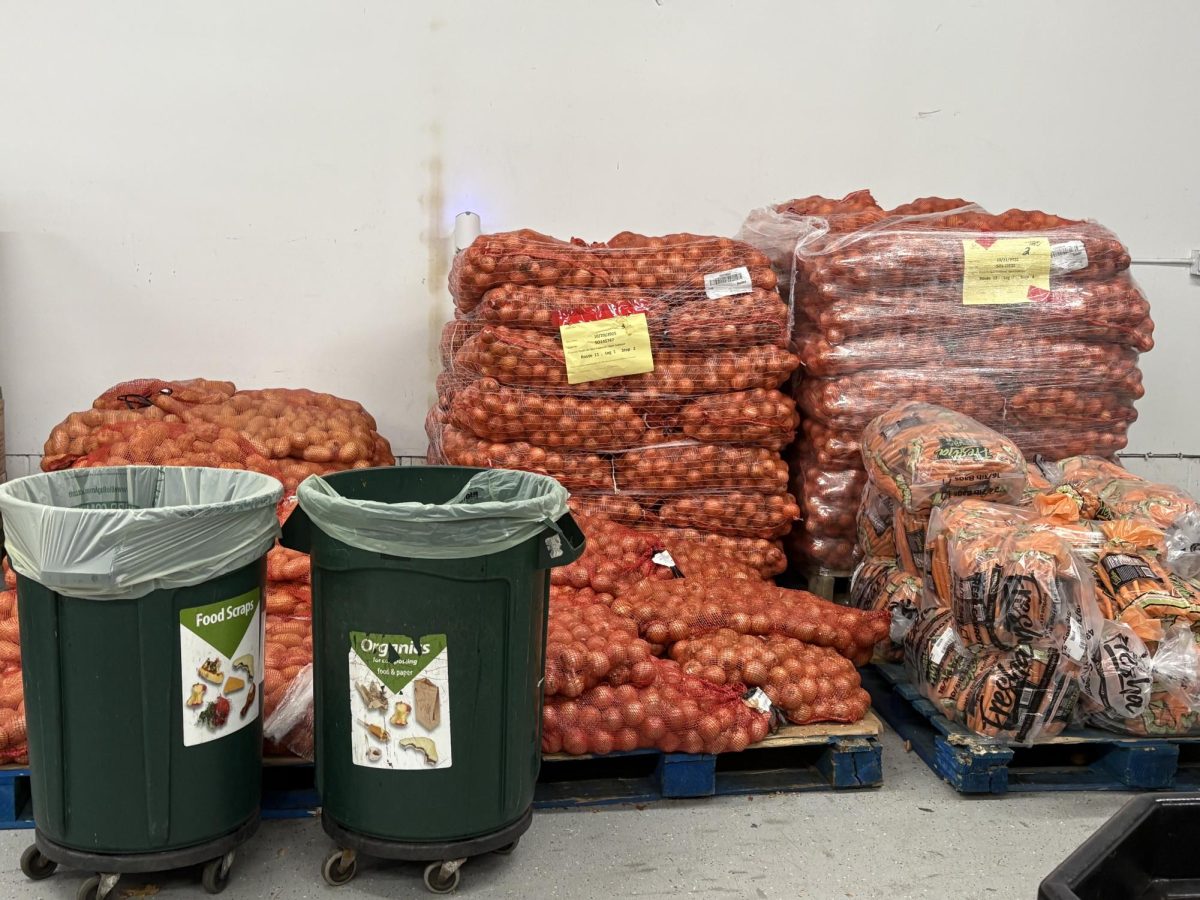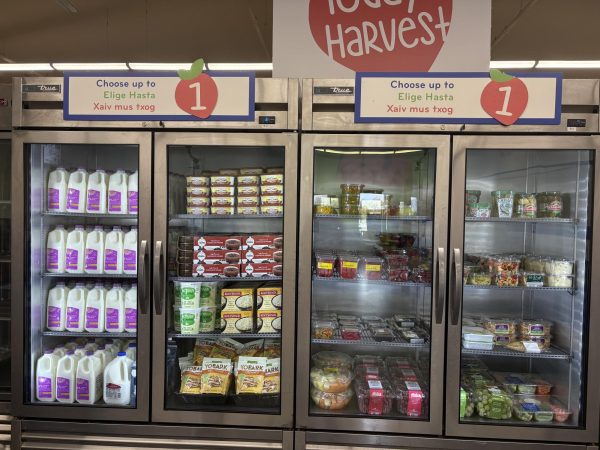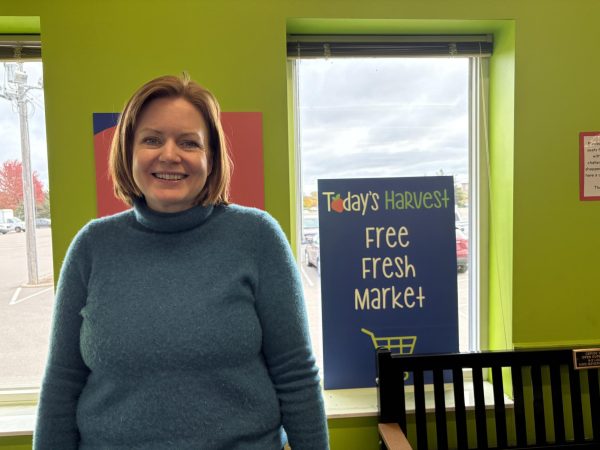
Manali Shah
Bags of onions waiting to be loaded onto shelves at Open Cupboard's Today's Harvest.
On Monday, October 27, letters went out that the Supplemental Nutrition Assistance Program (SNAP) program, formerly known as Food Stamps, will be suspended. In a new message on its website, the United States Department of Agriculture (USDA) stated that no SNAP benefits will be issued on November 1.
Executives and workers at local and national food shelves know how dire this move is for the people who need these food shelves to survive. Since the federal government shutdown on October 1, 2025, they have been preparing for this worst-case scenario where funding would simply be unavailable and trying collectively to find the best solution.
At a recent meeting of food shelf leaders in the Twin Cities area, one message was clear: the state had to step in by allocating emergency relief funds. A few days ago they sent a letter detailing the needs of the food shelves to Governor Tim Walz:
Food shelves—not food banks—are on the front lines of hunger. Food shelves work directly with
families, children, and seniors in crisis, providing immediate access to nutritious food.
In contrast, food banks act as wholesalers, selling food to food shelves.
Food shelves are already stretched to their limits. Visits have risen by 150 percent since
COVID-19, and what began as an emergency service has become a lifeline for
families, children, and seniors who rely on us every month.
Governor Walz responded promptly. On October 27, Walz announced $4 million in funding for Minnesota food shelves, which will be forced to absorb new demand as 440,000 Minnesotans face food insecurity.
According to a CBS News report: “This is meant to be a bridge,” Walz said during a news conference at the Open Door Pantry in Eagan, Minnesota. “It will not make up and backfill everything that is going to drop off starting on Saturday.” Federal support for SNAP in Minnesota accounts for $73 million monthly.
The funds will come from the Department of Human Services’ emergency services account and the Family First Prevention Services Act. The state will distribute the money through Minnesota’s existing food shelf network. Each food shelf and tribal nation will receive a base amount of $5,000, and additional funding based on local needs.

SNAP Background
SNAP is Minnesota’s most effective hunger-prevention program, providing essential nutrition to more than 440,000 households, most of which include children, older adults or people with disabilities. The sudden loss of these benefits will create an immediate and catastrophic gap in access to basic foods like milk, eggs, meat, and produce.
For every meal provided by a food bank in America, SNAP provides nine, meaning that any cuts or disruptions to the program create a gap that cannot be met through charitable food distributions alone.
Today, SNAP is under threat on two fronts: the nearly $200 billion in cuts to the program included in HR1, the “One Big Beautiful Bill Act” (OBBBA), and the current federal government shutdown. This is causing confusion, anxiety and fear for Minnesota’s current SNAP participants and those seeking to enroll.
One morning last week, Open Cupboard Executive Director Jessica Francis gave Woodbury News Net a tour of their facility in Lake Elmo. As visitors enter they see open stalls with apples and onions. Freezers around the area are filled with daily staples: milk, bread, eggs and some meat.
Signs on some freezers request that customers pick only one item.
“Currently, over 500 families visit Open Cupboard Today’s Harvest Market in Oakdale daily,” said Francis. “Every week our organization serves 6,500 families.”

Open Cupboard is open 6 days a week featuring the following:
Choose your own food.
No appointment needed.
No documentation needed.
No income requirement.
You may remain anonymous.
Open to anyone in need of food, regardless of where you live.
In case someone is in need of emergency food, Minnesotans can visit the “Find Food” section on Second Harvest Heartland’s website: 2harvest.org, to find a food shelf or food distribution program near them.